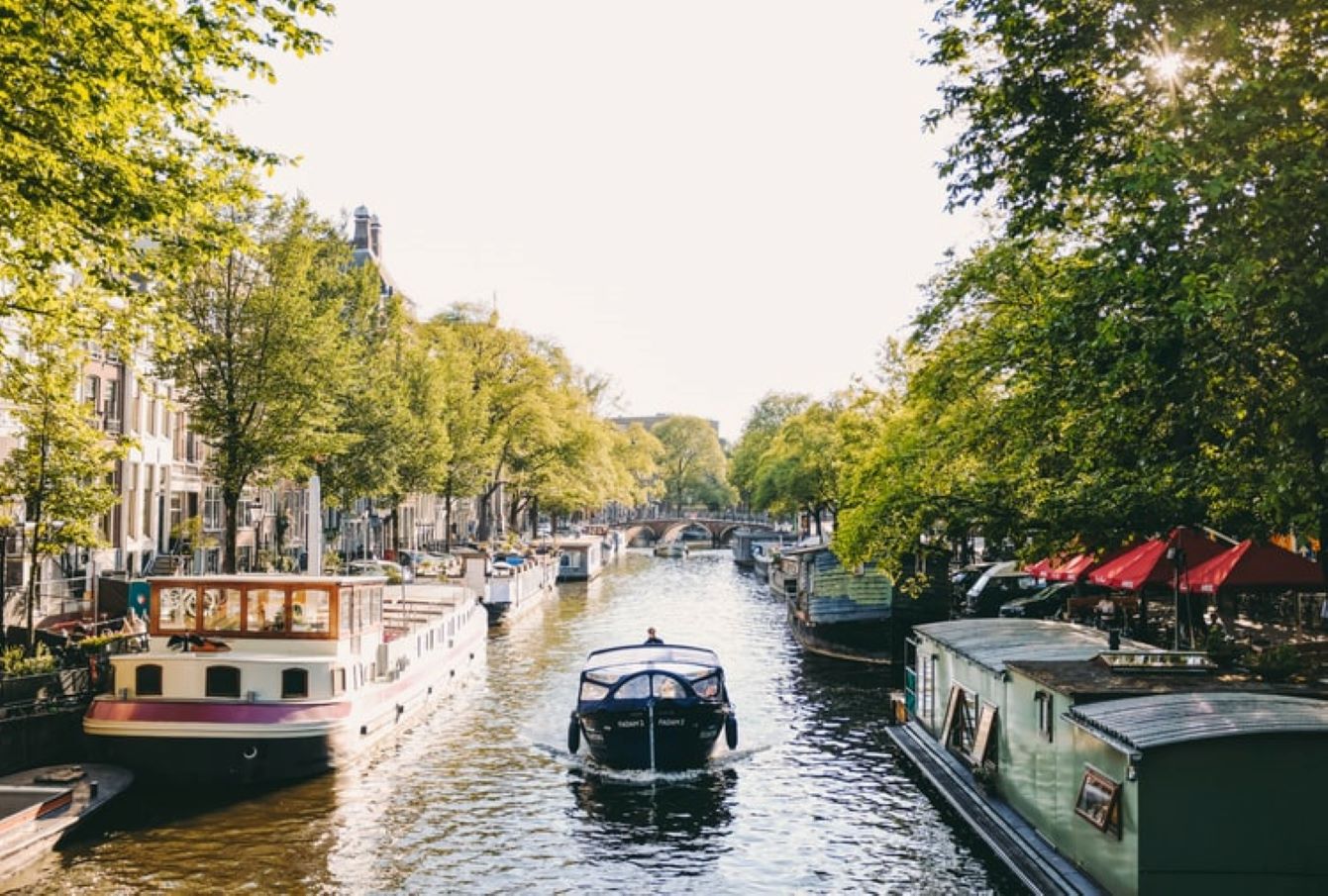 How can we reuse water in the food industry?
How can we reuse water in the food industry?
Water is a critical resource in the production of food and beverages. Industries must evaluate the impact of current water use and find ways to optimize it, while ensuring the safety of their products.
Water is used in the food industry as an ingredient and in unit operations such as food cleaning, sanitizing, peeling, cooking, and cooling throughout the food production process. Water is also a conveyor to move food through the process. Finally, between operations, water is fundamental to clean processing equipment.
There are three major approaches to reducing freshwater consumption and wastewater generation:
- Water conservation through the establishment of water-saving unit operations.
- Reducing the amount of unregulated water used in the processing and cleaning operations (e.g., repairing leaks, reducing water pressure in some site areas, using spray nozzles for cleaning, etc.).
- Water recycling or reuse within the food processing plant, either directly or after reconditioning. An evaluation of water usage and characteristics at various process steps in a food plant aids in selecting potential sources of water for reuse.
Whatever water reuse or recycling option food industries choose, it must be under legal requirements. It should also demonstrate to meet quality and safety criteria. For each reuse application, industries should perform appropriate hazard analysis and risk assessment. Furthermore, the reuse/recycling of conditioned water necessitates continuous monitoring of the treatment’s efficiency.
Developing a Circular Water Economy in Your Food Business
Water reuse has a lot of potential in the food industry. For all stages of designing a water reuse and/or recycling system for a food processing plant, seek advice from industry experts and/or water treatment companies.
Contact us for more information about the reuse of water in the Food Industry!





